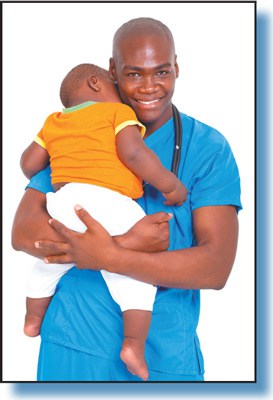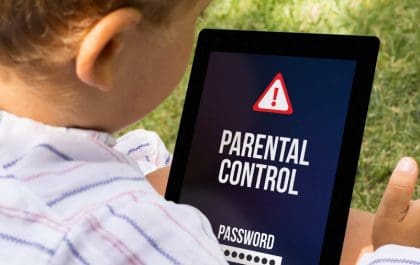by Audrey Madigan
 Some children can become anxious when they come to the hospital for treatment or medical procedures. As a result, they may not be able to sit still or relax enough to receive care or complete the necessary procedure. To help your child feel more comfortable, the doctor may suggest sedation.
Some children can become anxious when they come to the hospital for treatment or medical procedures. As a result, they may not be able to sit still or relax enough to receive care or complete the necessary procedure. To help your child feel more comfortable, the doctor may suggest sedation.
What happens when a child is sedated? Your child will be given medication to help him relax or “go to sleep” depending on the test. This will help him tolerate medical procedures easier to achieve better test results. In most cases with sedation, your child may not even remember the procedure at all. If he experiences pain, medicine to relieve the pain may also be given.
Is sedation the same as anesthesia? No, with general anesthesia the patient is unresponsive, even to pain, and, in most cases, will require assistance from a breathing machine. A sedated patient will continue to breathe on his own.
“Your pediatrician can discuss with you the possible need for sedation during your child’s procedure or test.”
What are the benefits of sedation? In addition to not requiring a breathing tube, your child will be admitted as an outpatient, which usually allows for a shorter hospital stay. As with general anesthesia, specialty trained doctors, as well as experienced registered nurses, will be caring for your child while he or she is sedated.
There are three levels of sedation:
- Minimal sedation – is given to reduce anxiety during the procedure. Your child will remain awake and may respond normally when spoken to. This sedation may be used for quick procedures such as starting an I.V. or putting in a catheter.
- Moderate sedation – is used for minor emergency procedures. When this is provided, your child will respond to stimulation, but he or she may be sleepy and unsteady.
- Deep sedation – is typically used for longer procedures where “holding still” is important such as MRIs or CT scans. It is also given for procedures that may be painful or uncomfortable such as bone marrow tests or I and Ds (incision and drainage). In these cases, a pain medicine will be given prior to the procedure.
How do you get this service? Pediatric sedation is unique to Children’s Hospital, which is a good reason to bring your child here. Your pediatrician can discuss with you the possible need for sedation during your child’s procedure or test. Not all tests at Children’s Hospital allow for sedation. If there are any questions, your doctor will address them with you.
Is sedation right for every child and every test? No, sedation is only needed for some tests and only right for some children. Depending on the age, medical problems and test your child is having, a doctor trained to administer sedation will evaluate your child prior to the procedure or test. If your child has certain medical problems, such as airway issues, or if the doctor has concerns about him being able to be sedated safely, your child may be referred to general anesthesia.
Not every test requires sedation. Many can be completed using distraction techniques, such as iPads and play, offered by our Child Life Specialist. However, should your child need sedation, take comfort as a parent knowing that Children’s Hospital’s doctors and nurses are here to make your child’s hospital experience easier and as pain free as possible.
 Visit www.etch.com for more information.
Visit www.etch.com for more information.
Related posts
Newsletter Subscribe
Newest Posts
Set Up a Parental Control for Online Safety
Have you ever wondered how long your children spend in front of a device without your supervision? Yes, it is…
Adopt A Life, Save A Life
By Jeff Ashin, CEO, Young-Williams Animal Center. Photo by: Young-Williams Animal Center Are you or your child thinking of adding…

